
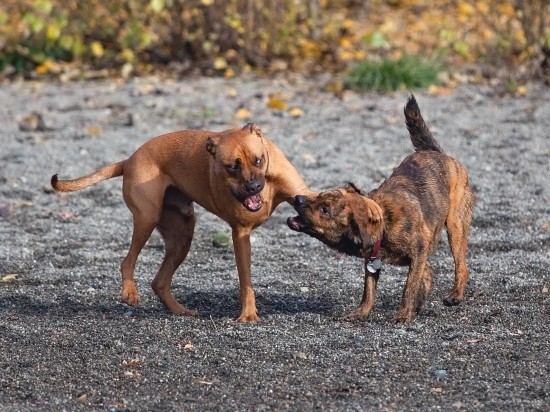
Allowing dogs the opportunity to socialise with other dogs is of course a vital part of canine development, and all dogs should ideally learn good socialisation skills and appropriate play with others when they are young. However, for various different reasons, some dogs always take the alpha role in play, and in some cases, take this to the extreme of bullying, making life and playing unpleasant for the other dogs involved.
Bullying in play can of course lead to more serious problems such as fights and injuries, but even so, it is not appropriate to allow one dog to bully its peers in play anyway; but if your dog is the bully in the dog park, what can you do about it? Stopping your dog from playing with others and keeping them away from other dogs all the time is counterproductive, and can lead to worse problems down the line.
If your dog is a bully where playing with other dogs is concerned and you’re not sure how you should address this, this article will cover the problem in more detail. Read on to learn more about managing and curbing the behaviour of a dog that bullies other dogs.
Because dogs’ communication methods with each other are different to those that we as humans use, it can be hard to tell the difference between genuine play and deliberate bullying where dogs are concerned. The true judge of whether or not another dog is being bullied comes from how the other dog responds or feels about the behaviour they are being exposed to; while some dogs will view it as rambunctious but appropriate play, others will not be so keen!
The indication of bullying behaviour is when the other dog in question backs off or gives clear signs that they are no longer having fun and want the other dog to stop, but the bullying dog does not respond to these cues to moderate their behaviour.
Keep an eye out for the following signs and cues of potential bullying in the dog:
Once you have established that your dog has some of the traits of a bully and that they are apt to bully other dogs in a play situation, what can you do about it? There are a variety of different ways in which you can address the problem and get things back under control, and work on your dog’s communication and behaviour with others for the long term.
If your dog is going over the top and making things uncomfortable for their play partners, once the other dog starts displaying the “back off” cues and your dog does not comply, you will need to intervene yourself. Recall your dog and put them on a time out until they have calmed down, and do not let them off to play again until they are calm and responsive to your commands.
In some cases, you will not need to stop the game entirely, but simply use something to divert your dog for a few moments so that the other dog gets the chance to retreat, and your dog’s mood will be broken, giving them a chance to cool down.
A whistle command for “stop that!” and training your dog to react to it can prove effective, as can recalling your dog for a treat, before letting them go back to play.
It would be unwise to try to deliberately pair your bullying dog with another pushy, bolshy dog, as the two may end up fighting. However, try to select confident, bold playmates for your dog who are not physically small enough to be pushed around with ease, and who will not be afraid to put your dog in their place if they go too far.
Dogs should learn social skills such as bite inhibition and how to respect the responses of others while they are young, and these skills will set your dog up for the rest of their life. However, if your dog has failed to learn these skills when young, you may need to work with them intensively to develop the skills when they are older, by training them in-depth or calling in a behaviourist to help you to modify your dog’s behaviour.
While correct exercise and ensuring your dog is not always living life at top speed will not necessarily stop a bully, a dog that is full of beans and that does not have enough outlets for their energies will be more likely to act up. Walk your dog and wear them out a little before you take them to play, so that they have worked some of their energy out of their system!
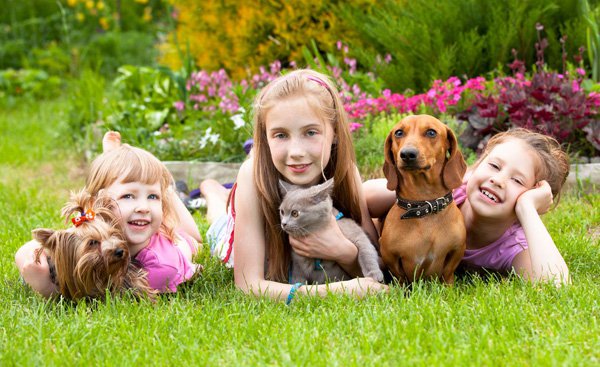 Follow These Tips To Train Your New Puppy
Follow These Tips To Train Your New Puppy
Ther
Follow These Tips To Train Your New Puppy
Follow These Tips To Train Your New Puppy
Ther
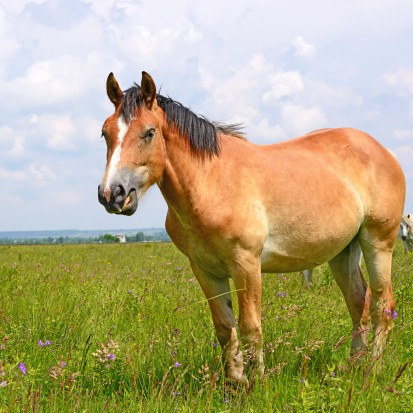 Symptoms & Treatment Of Ringworm In Horses
Symptoms & Treatm
Symptoms & Treatment Of Ringworm In Horses
Symptoms & Treatm
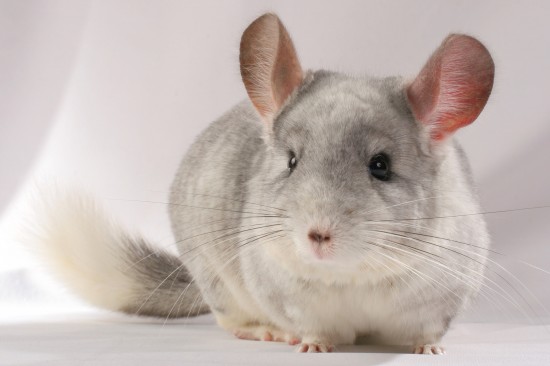 Fun & Interesting Facts About Chinchillas
Fun & Interesting
Fun & Interesting Facts About Chinchillas
Fun & Interesting
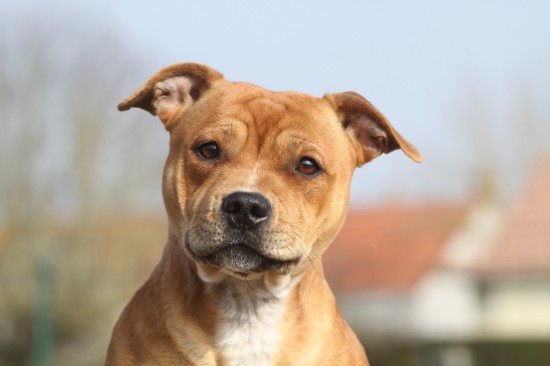 A Positive Account Of The Staffordshire Bull Terrier
A Positive Accoun
A Positive Account Of The Staffordshire Bull Terrier
A Positive Accoun
 Diamond in the “Ruff” — Meet The Cairn Terrier Dog
Diamond in the “Ruff” — Meet The Cairn Terrier Dog
Copyright © 2005-2016 Pet Information All Rights Reserved
Contact us: www162date@outlook.com